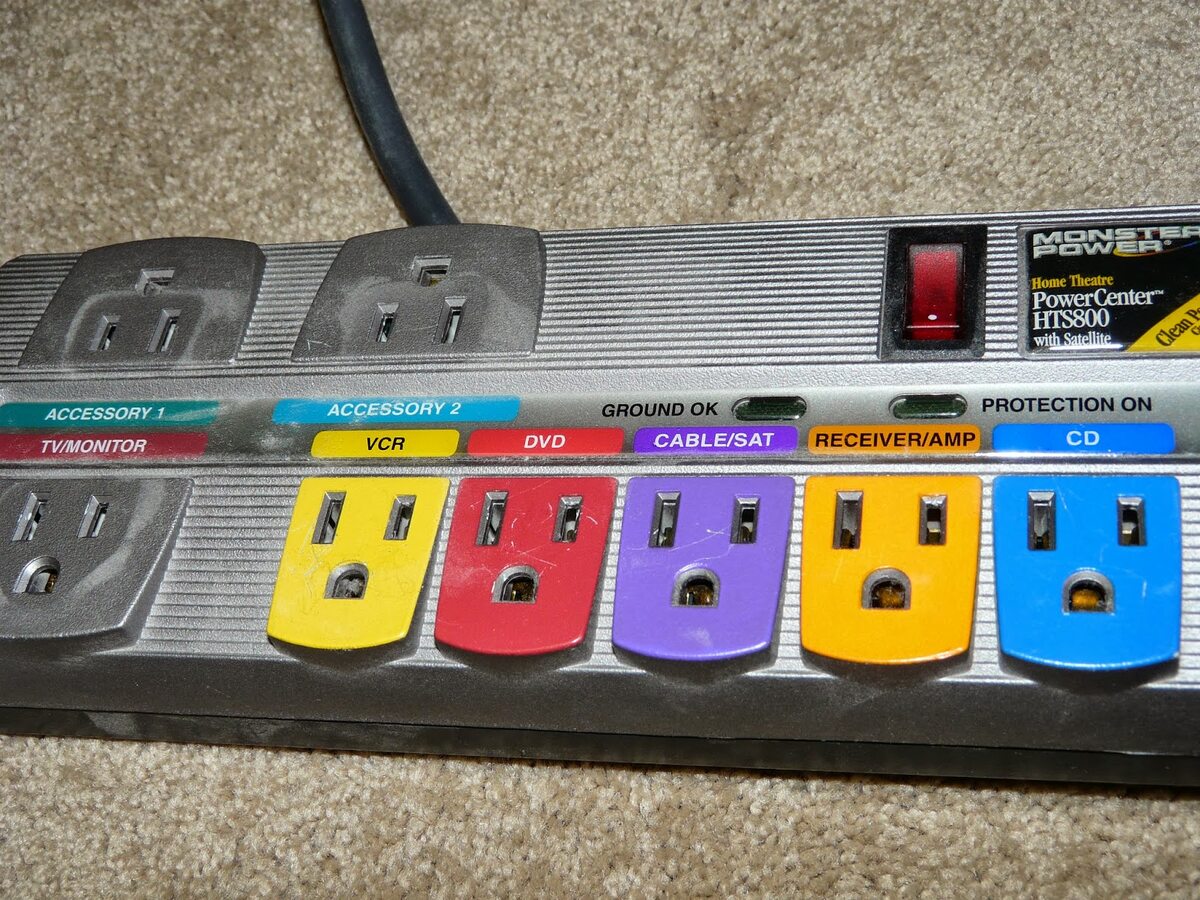

Articles
What Does A Surge Protector Do
Modified: April 22, 2024
Discover what surge protectors do and why they are essential for protecting your valuable electronics. Read informative articles to understand their importance and find the right one for your needs.
(Many of the links in this article redirect to a specific reviewed product. Your purchase of these products through affiliate links helps to generate commission for Storables.com, at no extra cost. Learn more)
Introduction
Welcome to the world of technology, where electronic devices have become an essential part of our daily lives. From smartphones to laptops, smart TVs to gaming consoles, we rely heavily on these devices for communication, entertainment, and productivity. However, with the increase in electronic devices, the risk of power surges and electrical spikes also rises.
Imagine this scenario: you are working on an important document on your computer when suddenly a power surge occurs. In a matter of seconds, your computer shuts down, and all your progress is lost. Frustrating, isn’t it? This is where a surge protector comes to the rescue.
A surge protector, also known as a surge suppressor or power strip, is a device designed to protect your electronic equipment from voltage spikes, electrical surges, and transient voltage. It acts as a barrier between the electrical outlet and your devices, absorbing excess voltage and preventing it from damaging your sensitive electronics.
In this article, we will delve into the world of surge protectors, exploring their functions, benefits, types, factors to consider when choosing one, maintenance tips, and debunking common misconceptions surrounding them. So, let’s get started and learn how this humble device can safeguard your valuable electronics from potential damage.
Key Takeaways:
- Surge protectors are essential for safeguarding electronic devices from power surges, preventing damage, and extending their lifespan. Regular maintenance and replacement are crucial for continued protection.
- Understanding the limitations and capabilities of surge protectors is key to making informed decisions. They provide valuable benefits, but it’s important to debunk common misconceptions and follow safety practices for optimal effectiveness.
Read more: What Does A Power Strip Do
What is a Surge Protector?
A surge protector is a device that shields your electronic equipment from sudden voltage surges or spikes in electrical current. These surges can occur due to a variety of reasons, such as lightning strikes, power grid fluctuations, or when high-powered electrical appliances like refrigerators or air conditioners cycle on and off.
When a power surge happens, the excess voltage can travel through your electrical wiring and reach your electronic devices. This sudden surge can cause irreparable damage to sensitive components, leading to malfunction or complete failure of the device. A surge protector functions as a line of defense by diverting the excess voltage away from your devices.
Surge protectors work by utilizing a metal oxide varistor (MOV) or gas discharge tube technology to absorb and redirect the excess voltage. These devices have a designated joule rating, which indicates the amount of energy they can handle before they become ineffective. It’s important to choose a surge protector with a higher joule rating to ensure optimal protection.
Surge protectors are typically equipped with multiple outlets, allowing you to plug in multiple devices simultaneously. They also often feature indicator lights that provide information about the status of the surge protector and the level of protection it is providing. Some advanced surge protectors even include additional features like USB ports for charging devices or coaxial protection for safeguarding cable or satellite TV connections.
It is worth noting that surge protectors have a lifespan and can wear out over time as they absorb multiple power surges. Therefore, it is recommended to replace surge protectors every few years to ensure continued protection.
Now that we understand the basic function of a surge protector, let’s explore how it works in more detail in the next section.
How Does a Surge Protector Work?
Surge protectors are designed to detect and divert excess voltage away from your electronic devices, preventing damage and ensuring their safe operation. Let’s take a closer look at how surge protectors work:
- Voltage Regulation: Surge protectors consist of metal oxide varistors (MOVs) or gas discharge tubes, which are connected between the power source and the outlets. These components have the ability to regulate and absorb excessive voltage spikes.
- Clamping Voltage: Surge protectors have a clamping voltage rating, which represents the voltage level at which the surge protector starts to divert excess voltage away from your devices. When the voltage exceeds the clamping voltage rating, the surge protector activates and redirects the excess energy to the ground.
- Diverting the Surge: Surge protectors feature multiple outlets, allowing you to connect multiple devices. When a power surge occurs, the surge protector identifies the spike in voltage and diverts it to the ground through the grounding wire. By doing so, the surge protector prevents the excess voltage from reaching your devices and damaging them.
- Indicator Lights: Many surge protectors come with indicator lights that provide valuable information. These lights indicate whether the surge protector is properly grounded and functioning correctly. They also often feature a “protected” light, which signifies that the surge protector is actively protecting your devices.
It’s important to note that surge protectors do have their limitations. While they are effective at protecting against voltage spikes and surges, they are not designed to protect against sustained overvoltage or power outages. In cases of severe electrical disturbances, it may be necessary to also employ an uninterruptible power supply (UPS) to ensure continuous power to your devices in addition to surge protection.
Now that we understand how surge protectors work, let’s explore the benefits of using one in the next section.
Benefits of Using a Surge Protector
Investing in a surge protector offers several significant benefits that can protect your valuable electronic devices and provide peace of mind. Here are some key advantages of using a surge protector:
- Device Protection: The primary benefit of using a surge protector is that it safeguards your electronic devices from voltage spikes and surges. By diverting excess voltage away from your devices, a surge protector helps prevent damage to sensitive components, extending the lifespan of your devices and saving you from costly repairs or replacements.
- Fire Prevention: Power surges can generate an excessive amount of heat that can lead to electrical fires. A surge protector helps mitigate this risk by preventing voltage spikes from reaching your devices. It acts as a safety barrier, reducing the chance of electrical fires caused by power surges.
- Convenience and Flexibility: Surge protectors typically come with multiple outlets, allowing you to connect multiple devices simultaneously. This eliminates the need for numerous power adapters and minimizes clutter. Surge protectors also often include USB ports, making it convenient to charge your smartphones, tablets, and other USB-powered devices without the need for separate adapters.
- Data Protection: Power surges can not only damage your devices but also corrupt or destroy the data stored on them. By using a surge protector, you can mitigate the risk of data loss or corruption due to sudden voltage spikes, ensuring the safety of your important files, documents, and digital media.
- Peace of Mind: Knowing that your electronic devices are protected by a surge protector provides peace of mind. You can rest assured that even during electrical storms or power fluctuations, your devices are shielded from potential damage. This allows you to enjoy your devices without worrying about unexpected failures or interruptions.
By investing in a surge protector, you not only protect your electronic devices but also enhance their longevity and ensure a safer and more reliable operation. The next section will cover the different types of surge protectors available in the market.
Types of Surge Protectors
Surge protectors come in different types, each offering varying levels of protection and catering to specific needs. Here are the main types of surge protectors you may encounter:
- Wall-Mount Surge Protectors: These surge protectors are designed to be directly installed onto the electrical outlet or recessed into the wall. They provide a clean and unobtrusive solution for protecting your devices from power surges. Wall-mount surge protectors are ideal for areas where space is limited or for a more permanent surge protection solution.
- Power Strip Surge Protectors: Power strip surge protectors are among the most commonly used surge protection devices. They are equipped with multiple outlets and often include features such as surge indicators, on/off switches, and sometimes even USB charging ports. Power strip surge protectors are versatile, portable, and suitable for use in homes, offices, and entertainment systems.
- Rack-Mount Surge Protectors: Rack-mount surge protectors are designed specifically for use in IT server rooms, data centers, or network equipment setups. They are installed within server racks, providing surge protection for multiple devices simultaneously. Rack-mount surge protectors commonly feature higher joule ratings and robust construction to meet the demands of professional environments.
- Whole-House Surge Protectors: Whole-house surge protectors are installed directly at the electrical panel or main service entrance of the house. They offer comprehensive surge protection for all electrical circuits in the building, safeguarding every device connected to the electrical system. These surge protectors provide enhanced protection against power surges originating from outside sources, such as lightning strikes or utility voltage fluctuations.
- Portable Surge Protectors: Portable surge protectors are compact and designed for travelers or those who need surge protection on-the-go. These surge protectors typically feature a compact design, multiple outlets, and built-in surge protection capabilities. Portable surge protectors are perfect for use in hotels, airports, conference rooms, or any situation where you need to protect your devices while traveling.
When selecting a surge protector, consider the specific needs of your devices, the level of protection required, and the environment in which the surge protector will be used. It’s always recommended to choose a surge protector from a reputable brand with a high joule rating to ensure optimal protection.
Now that you’re familiar with the different types of surge protectors, let’s move on to the factors you should consider when choosing the right surge protector for your needs.
When choosing a surge protector, look for one with a high joule rating to ensure it can handle power surges effectively. Additionally, consider a surge protector with multiple outlets to protect all your devices.
Read more: What Does Switched Mean On A Surge Protector
Factors to Consider When Choosing a Surge Protector
Choosing the right surge protector for your specific needs involves considering several important factors. Here are the key factors to keep in mind when selecting a surge protector:
- Joule Rating: The joule rating indicates how much energy the surge protector can absorb before it becomes ineffective. Higher joule ratings offer better protection. Look for surge protectors with a joule rating of at least 600 joules or higher for optimal protection.
- Clamping Voltage: The clamping voltage is the voltage level at which the surge protector starts diverting excess voltage away from your devices. Lower clamping voltages provide better protection. Look for surge protectors with a clamping voltage of 400 volts or less for effective protection.
- Number of Outlets: Consider the number of outlets you require to connect your devices. Surge protectors come with a varying number of outlets, so choose one that accommodates your current and future device needs.
- Outlet Orientation: Some surge protectors feature outlets with different orientations, such as rotating or swiveling outlets. This can be beneficial when dealing with bulky power adapters that may block adjacent outlets.
- USB Ports: If you have devices that charge via USB, consider a surge protector with built-in USB ports. These ports eliminate the need for separate wall adapters and provide convenient charging options.
- Indicator Lights: Surge protectors with indicator lights inform you about the status of the surge protector and its protection level. Look for products with indicator lights for quick visual confirmation of proper operation.
- Warranty: Check the warranty offered by the surge protector manufacturer. A longer warranty period indicates the manufacturer’s confidence in the quality and durability of their product.
- Brand Reputation: Consider purchasing surge protectors from reputable brands known for their reliability and quality. Trusted brands often offer better protection and customer support.
By considering these factors, you can select a surge protector that best suits your specific requirements and provides optimal protection for your devices.
Now that you have an idea of what to look for when choosing a surge protector, let’s move on to the next section, where we will discuss surge protector maintenance and safety tips.
Surge Protector Maintenance and Safety Tips
While surge protectors are designed to provide reliable protection, it’s important to follow some maintenance and safety tips to maximize their effectiveness and ensure safe operation. Here are some key tips to keep in mind:
- Regularly Inspect the Surge Protector: Periodically check the surge protector for any signs of damage, such as frayed cords, loose outlets, or physical wear. If you notice any issues, replace the surge protector immediately to maintain proper protection.
- Do Not Overload the Surge Protector: Avoid plugging too many devices into a single surge protector as it can exceed its capacity and compromise its effectiveness. Be mindful of the wattage and amperage ratings of the surge protector and the power requirements of your devices.
- Avoid Excessive Heat or Moisture: Keep your surge protector away from extreme temperatures, direct sunlight, and moisture. Excessive heat or moisture can damage the internal components and reduce the effectiveness of the surge protector.
- Use Grounded Outlets: Ensure that the surge protector is connected to a properly grounded electrical outlet. This provides a direct path for the excess voltage to be safely redirected. Do not use a surge protector with an adapter or extension cord that is not properly grounded.
- Keep Clear Path for Heat Dissipation: Do not cover or block the surge protector, especially when it is in use. Allow sufficient space around the surge protector to ensure proper air circulation and heat dissipation.
- Unplug During Electrical Storms: During severe electrical storms or when there is a chance of lightning strikes, unplug your electronic devices and surge protectors as a precautionary measure. Even the best surge protectors may not be able to handle the magnitude of a direct lightning strike. It’s also a good idea to unplug your devices if you will be away for an extended period.
- Replace Outdated Surge Protectors: Surge protectors have a limited lifespan. If your surge protector is not functioning properly or is nearing the end of its recommended lifespan (usually around 3-5 years), consider replacing it with a new one to ensure continued protection.
- Read and Follow Manufacturer’s Instructions: Always refer to the manufacturer’s instructions and guidelines for proper usage, installation, and any specific maintenance requirements for your surge protector model.
By following these maintenance and safety tips, you can help prolong the lifespan of your surge protector and ensure its optimal performance in protecting your electronic devices from power surges.
In the next section, we will address some common misconceptions about surge protectors to help you have a more accurate understanding of their capabilities.
Common Misconceptions About Surge Protectors
Surge protectors are essential devices for protecting our electronic equipment, but there are several misconceptions surrounding their capabilities. Let’s debunk some of the common misconceptions about surge protectors:
- Surge Protectors Provide Protection Against All Electrical Issues: While surge protectors are effective at diverting excess voltage from power surges, they are not designed to protect against all electrical issues. They cannot prevent power outages, voltage drops, or sustained overvoltage. For comprehensive protection, consider using a combination of a surge protector and an uninterruptible power supply (UPS).
- All Surge Protectors Provide the Same Level of Protection: Surge protectors vary in terms of their joule rating, clamping voltage, and overall quality. Higher-quality surge protectors with higher joule ratings and lower clamping voltages provide better protection against power surges. It’s important to choose a surge protector from a reputable brand and select one that meets your specific needs.
- Power Strips Without Surge Protection Are the Same as Surge Protectors: Power strips and surge protectors may look similar, but they offer different levels of protection. Power strips without surge protection only provide extra outlets, while surge protectors include built-in mechanisms to absorb and divert excess voltage. Be sure to choose a surge protector specifically designed for surge protection.
- All Surge Protectors Provide Unlimited Protection: Surge protectors have a limit to the amount of energy they can absorb before they become less effective. This limit is indicated by their joule rating. Once a surge protector reaches its maximum capacity, it may no longer offer optimal protection. It’s important to regularly check and replace surge protectors, especially after significant power surges or after a few years of use.
- Unplugging Devices Eliminates the Need for Surge Protection: While unplugging devices during electrical storms or when not in use is a good practice, it does not eliminate the need for surge protection. Power surges can occur at any time, including when devices are plugged in. Surge protectors provide an additional layer of protection that can prevent damage caused by unexpected power surges.
- Surge Protectors Last Forever: Surge protectors have a finite lifespan. Components within surge protectors can wear out over time, diminishing their effectiveness. It is recommended to replace surge protectors every few years, even if they appear to be functioning correctly.
- Surge Protectors Offer Complete Protection Against Lightning Strikes: While surge protectors can help protect against power surges caused by lightning, they are not designed to handle the extreme energy of a direct lightning strike. For lightning protection, additional measures such as lightning rods or whole-house surge protectors should be considered.
Understanding these common misconceptions can help you make informed decisions when it comes to surge protector usage and expectations. By selecting the right surge protector and using it appropriately, you can effectively protect your valuable electronic devices from power surges and ensure their longevity.
Now that we’ve clarified these misconceptions, let’s conclude our article.
Conclusion
Surge protectors play a vital role in safeguarding our electronic devices from potentially damaging power surges and voltage spikes. By diverting excess voltage and providing a line of defense, surge protectors help ensure the longevity and reliable operation of our valuable electronics.
In this article, we explored what surge protectors are and how they work. We discussed the benefits of using surge protectors, including device protection, fire prevention, convenience, and data protection. We also covered the different types of surge protectors available, such as wall-mount, power strip, rack-mount, whole-house, and portable surge protectors.
When choosing a surge protector, it’s important to consider factors such as joule rating, clamping voltage, number of outlets, and brand reputation. Adhering to maintenance and safety tips, such as inspecting the surge protector, avoiding overloading, and using properly grounded outlets, can help ensure its effectiveness and safe operation.
Furthermore, we debunked common misconceptions surrounding surge protectors, including their limitations, the misconception about power strips providing surge protection, and the fact that surge protectors are not immune to wear and tear.
In conclusion, surge protectors are essential devices for protecting our electronic equipment from power surges and voltage spikes. By investing in a high-quality surge protector, following safety practices, and staying informed about their limitations, we can enhance the longevity and reliability of our electronic devices.
Remember, regular maintenance and periodic replacement of surge protectors are crucial to ensure continued protection. Keep your devices safe and enjoy uninterrupted usage by incorporating surge protectors into your electrical setup.
Thank you for joining us in this exploration of surge protectors. Stay protected and enjoy the peace of mind that comes with knowing your electronic devices are shielded from the unpredictable nature of power surges.
Frequently Asked Questions about What Does A Surge Protector Do
Was this page helpful?
At Storables.com, we guarantee accurate and reliable information. Our content, validated by Expert Board Contributors, is crafted following stringent Editorial Policies. We're committed to providing you with well-researched, expert-backed insights for all your informational needs.
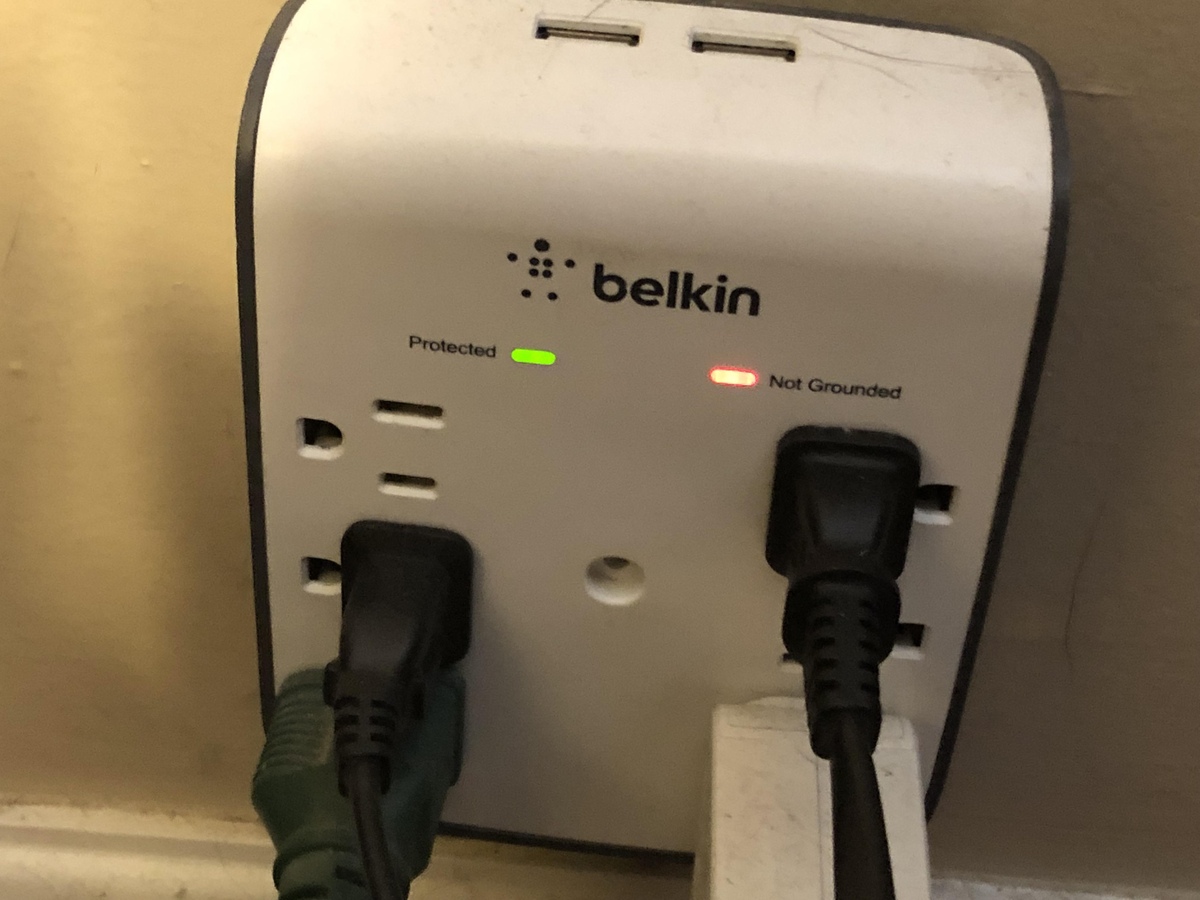
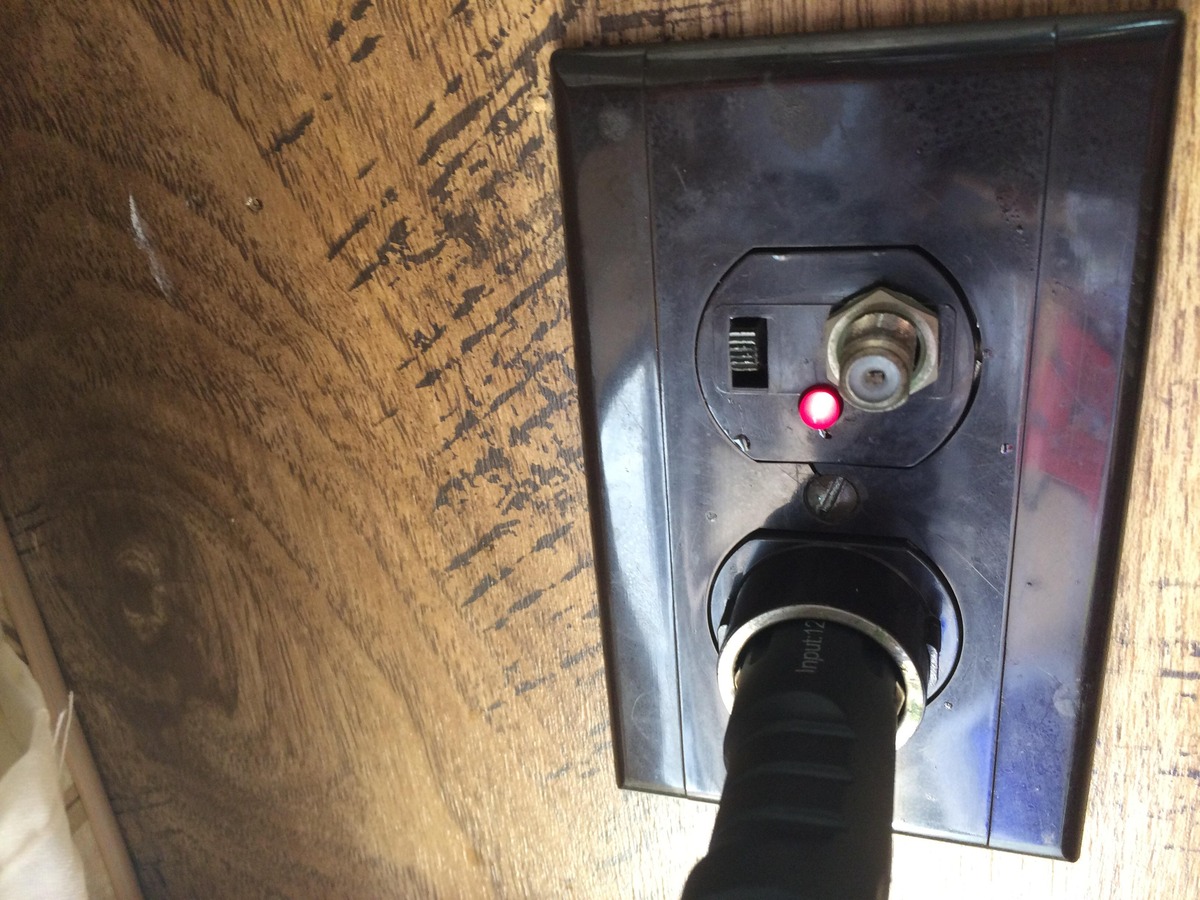
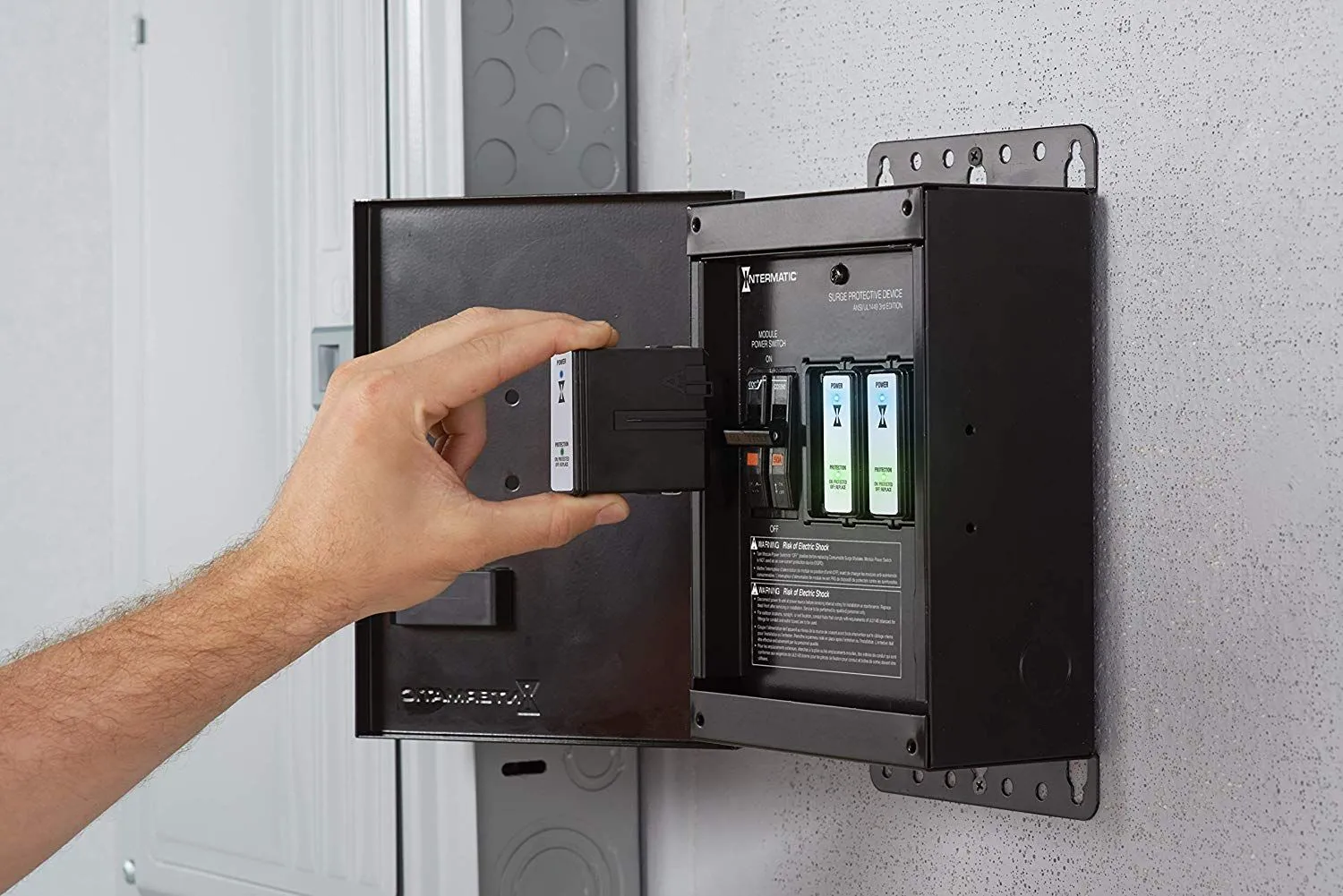
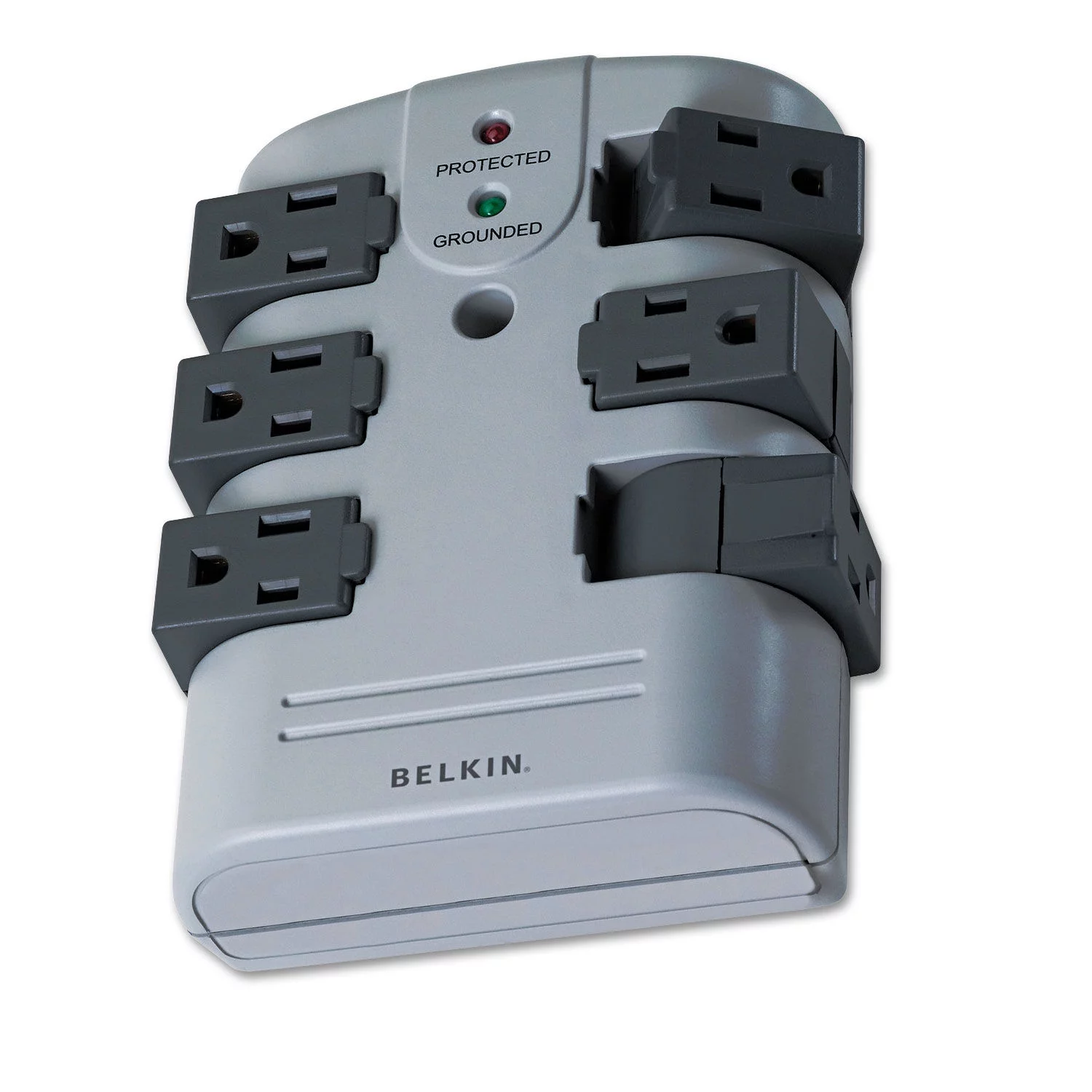
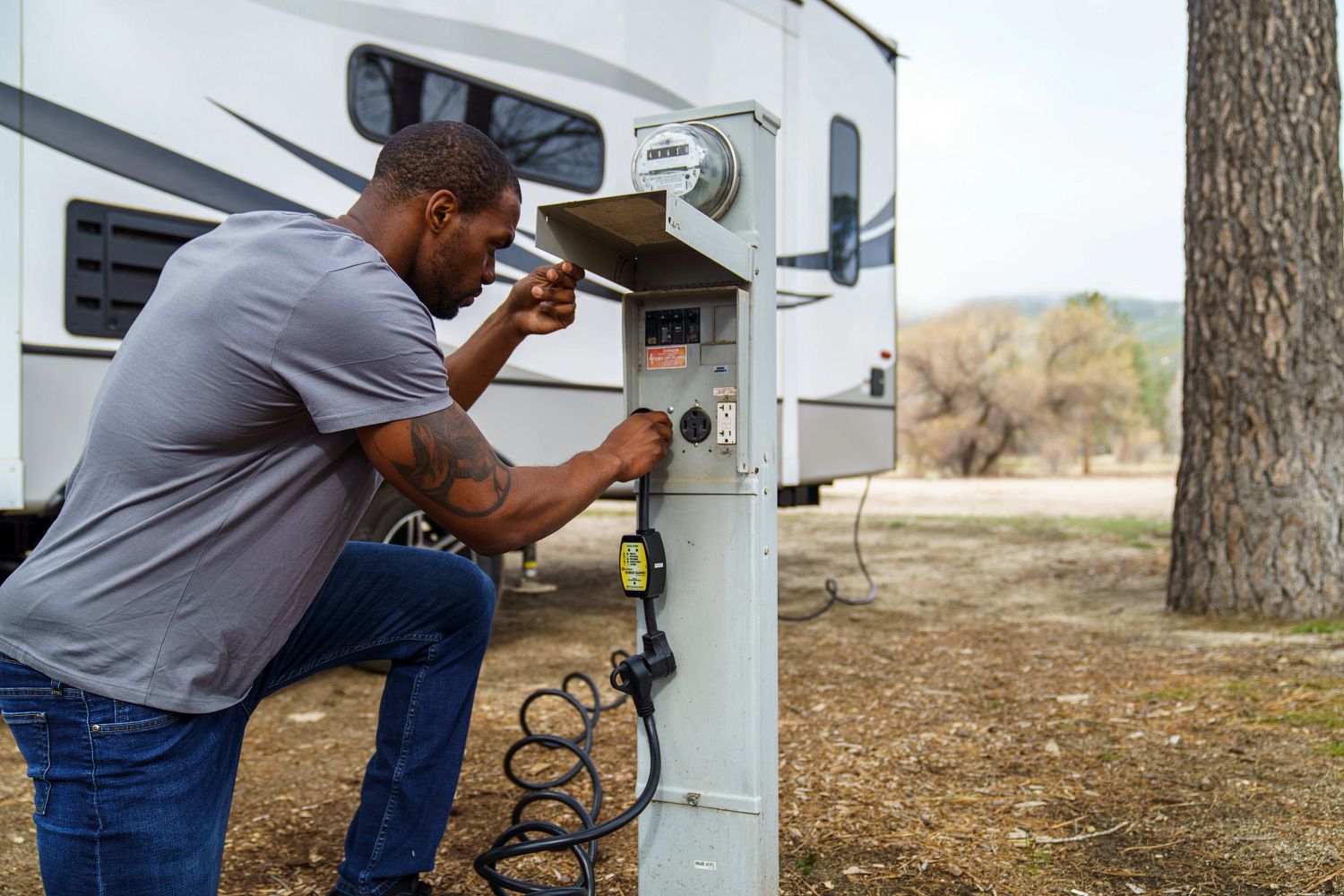
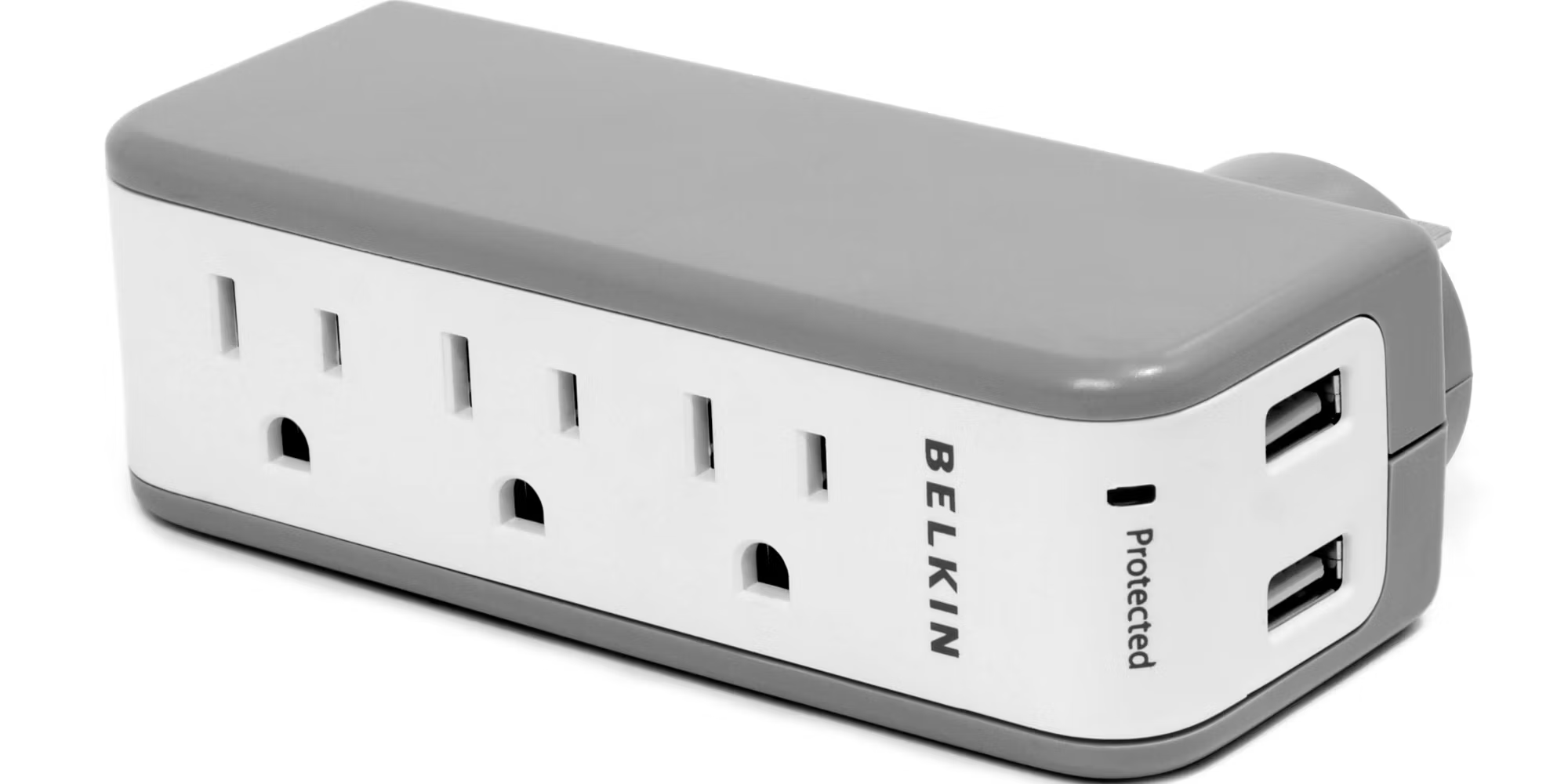
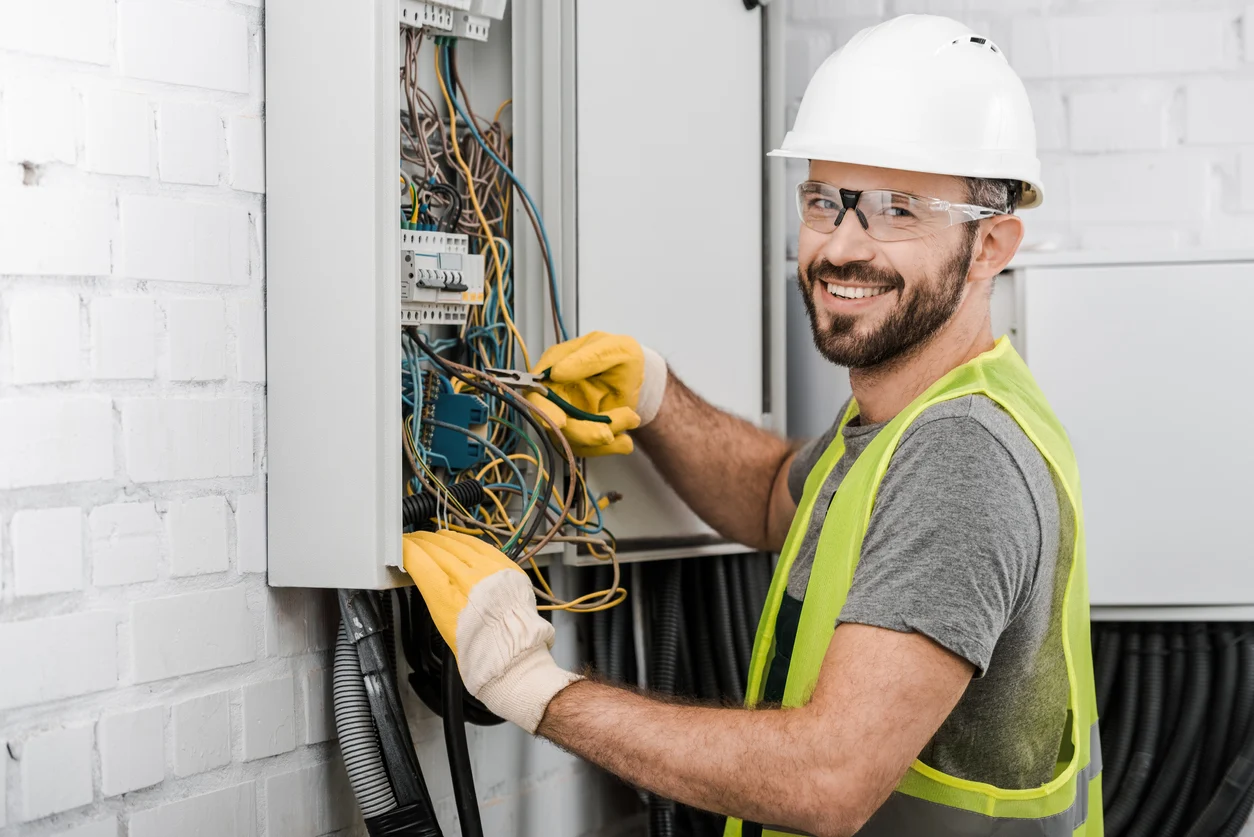
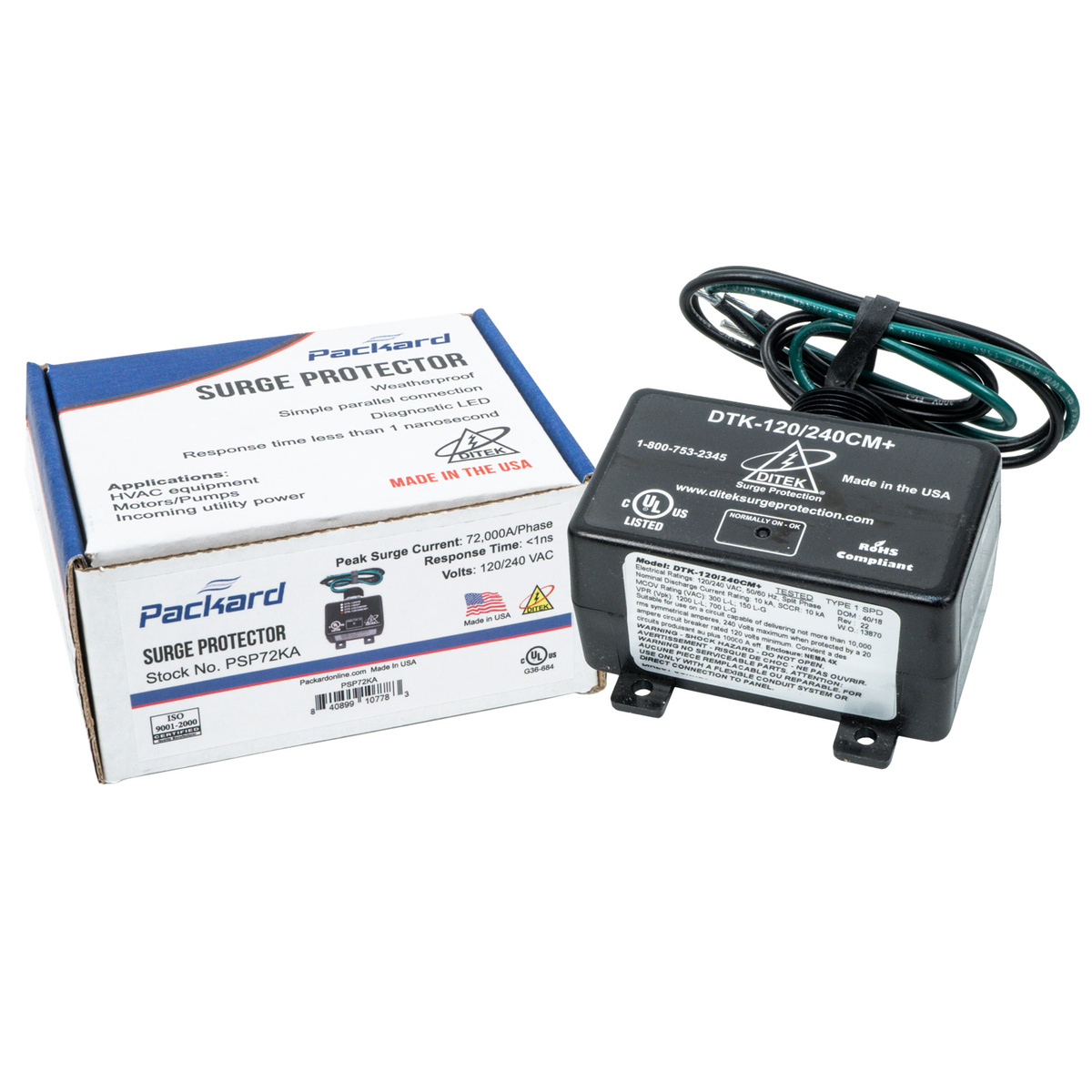
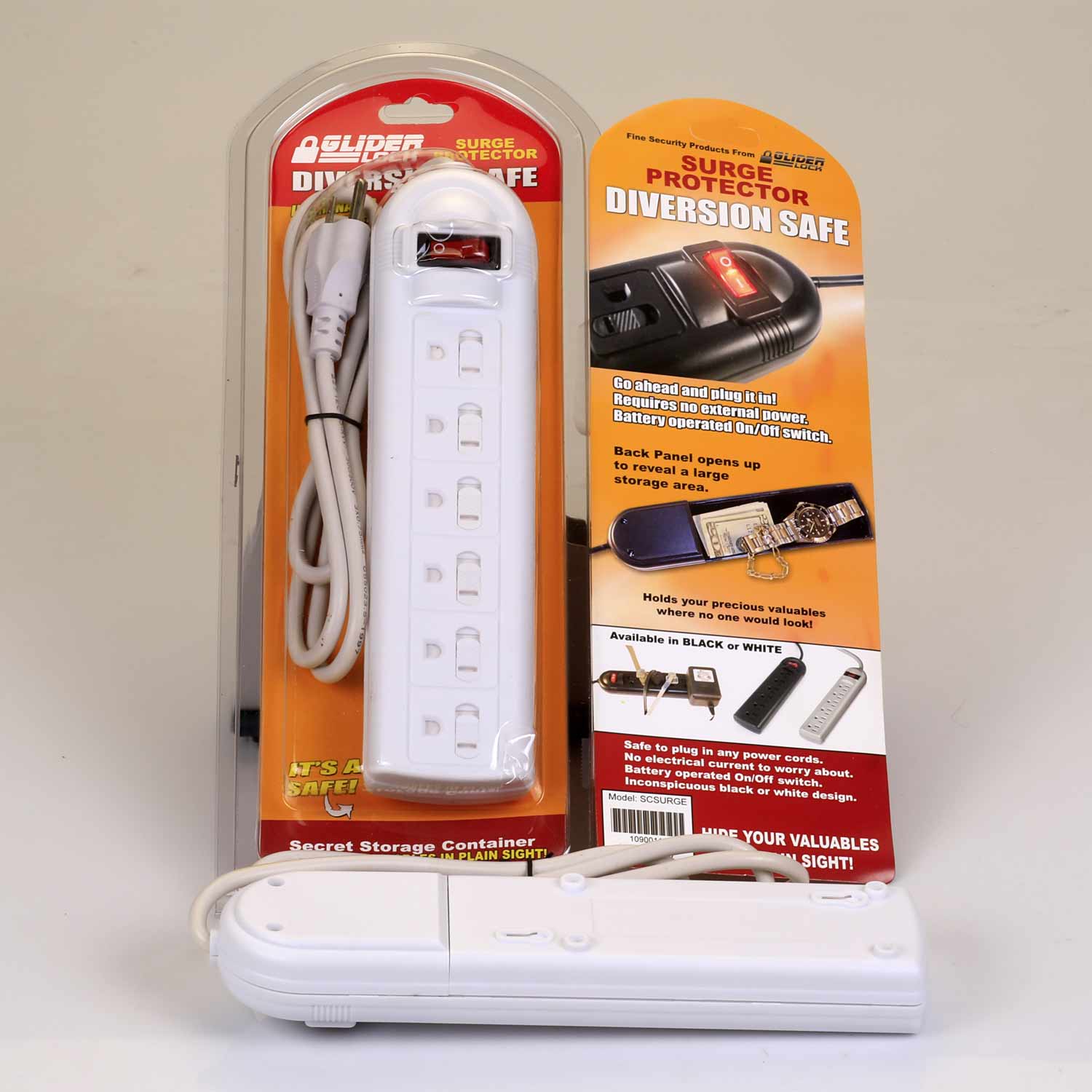
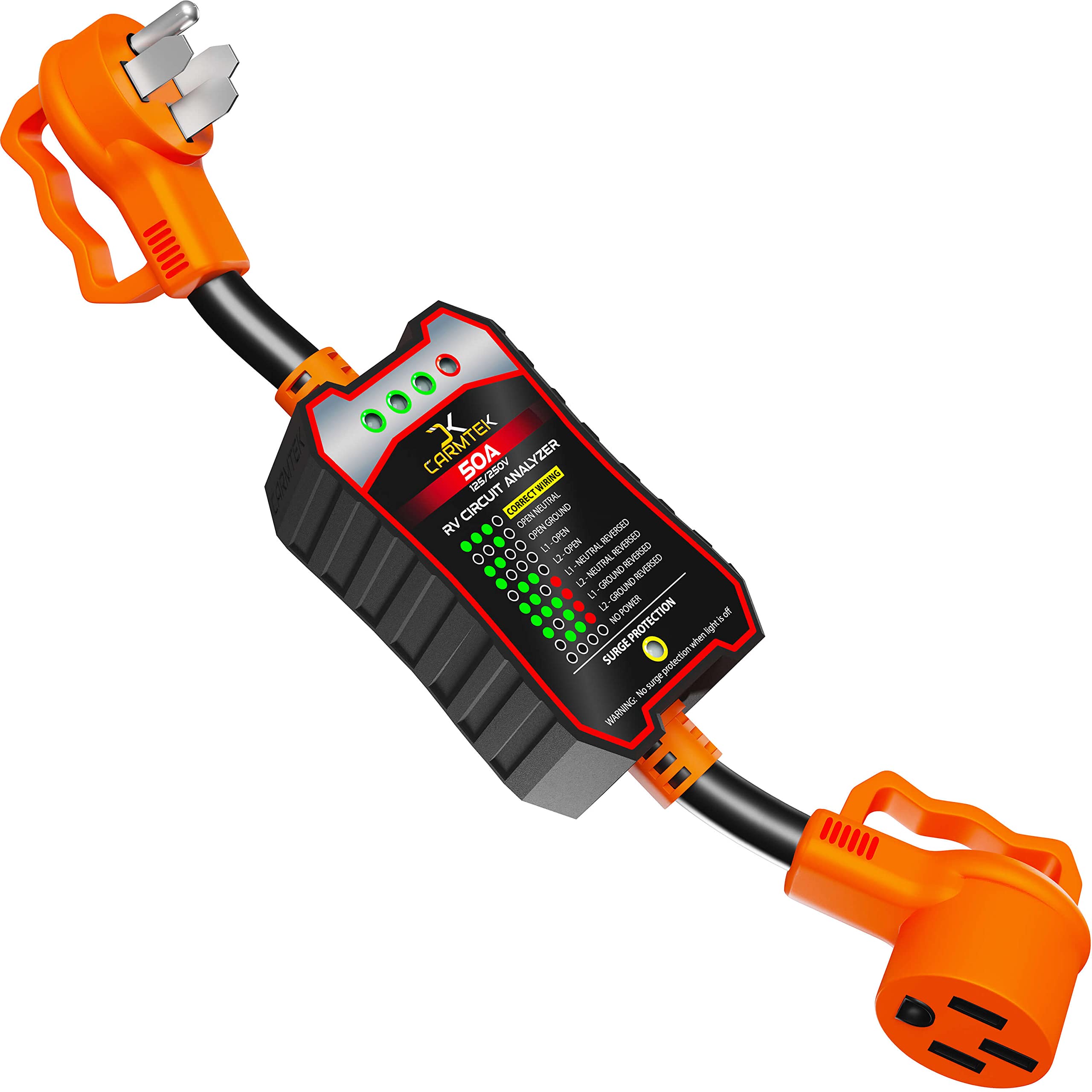
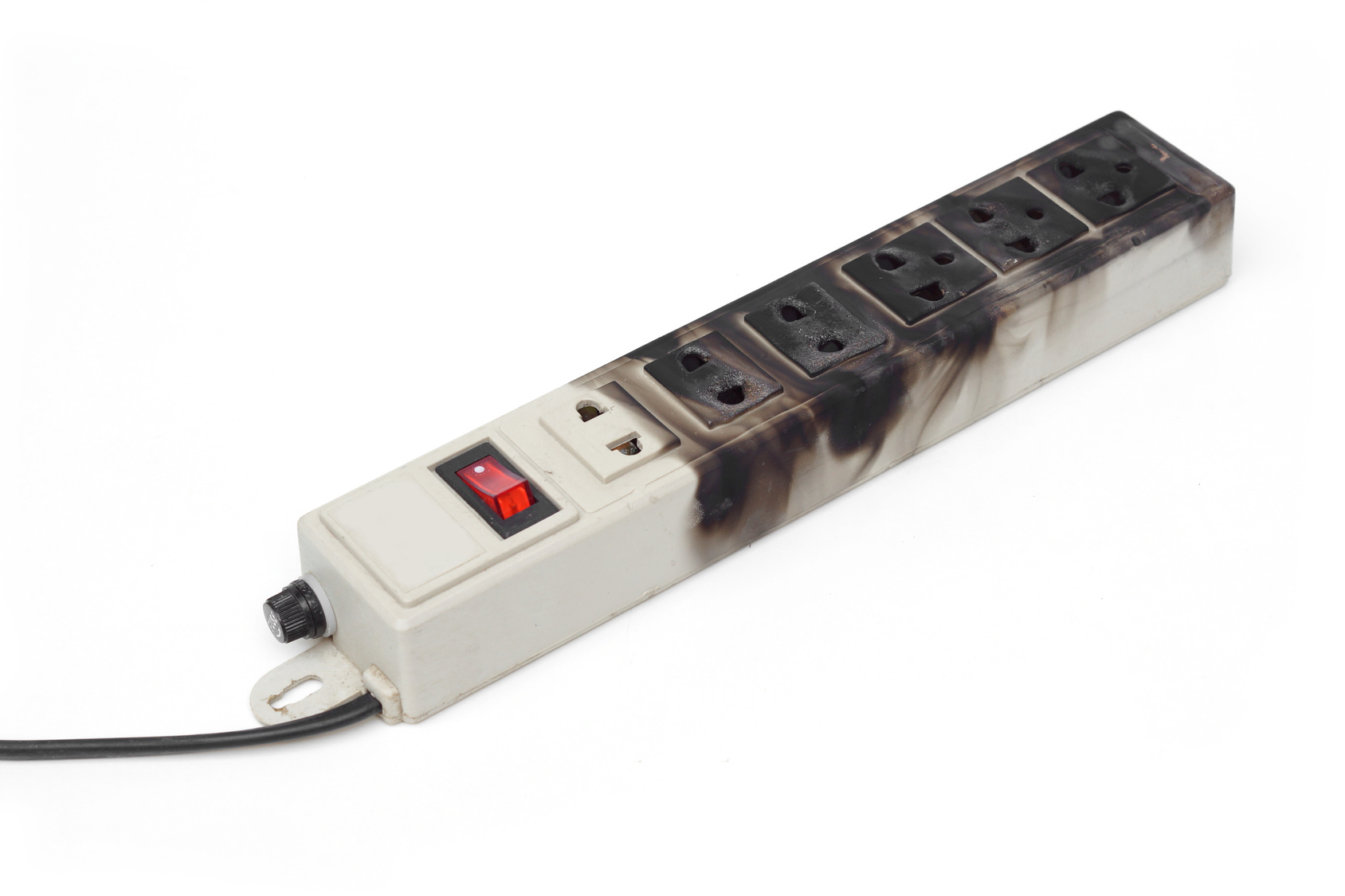
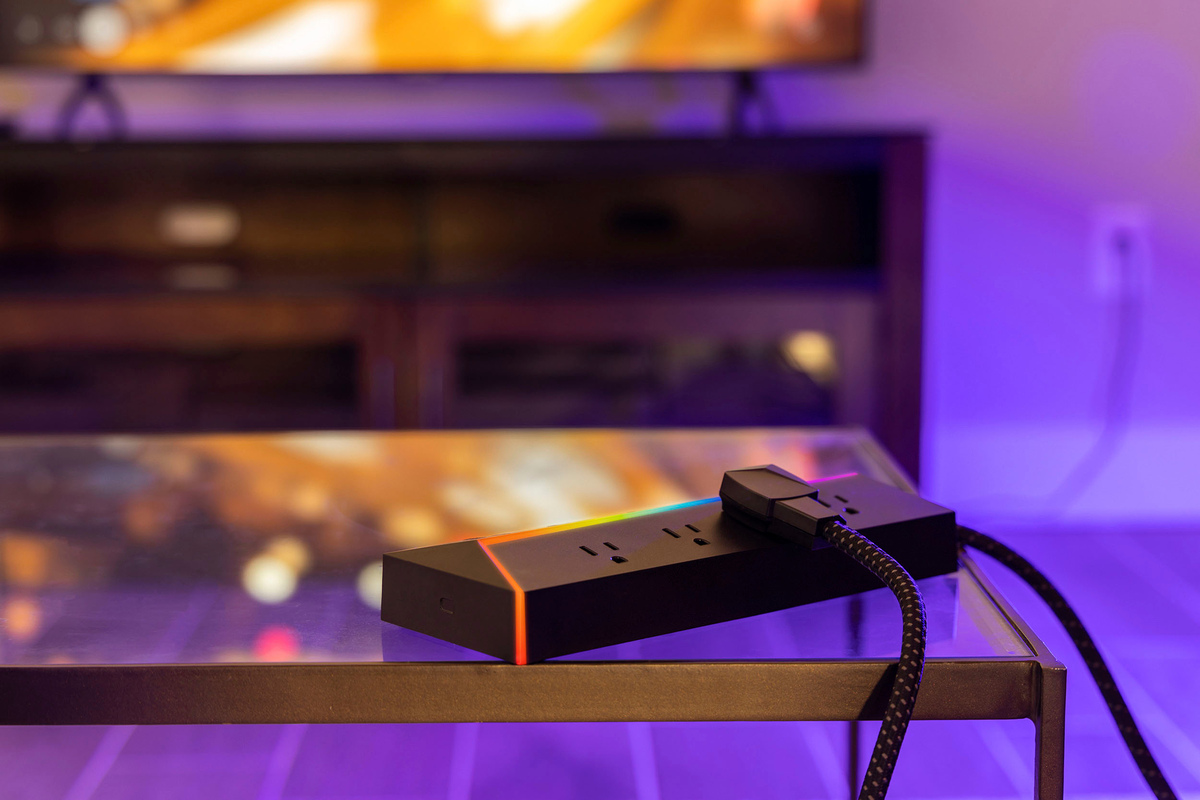
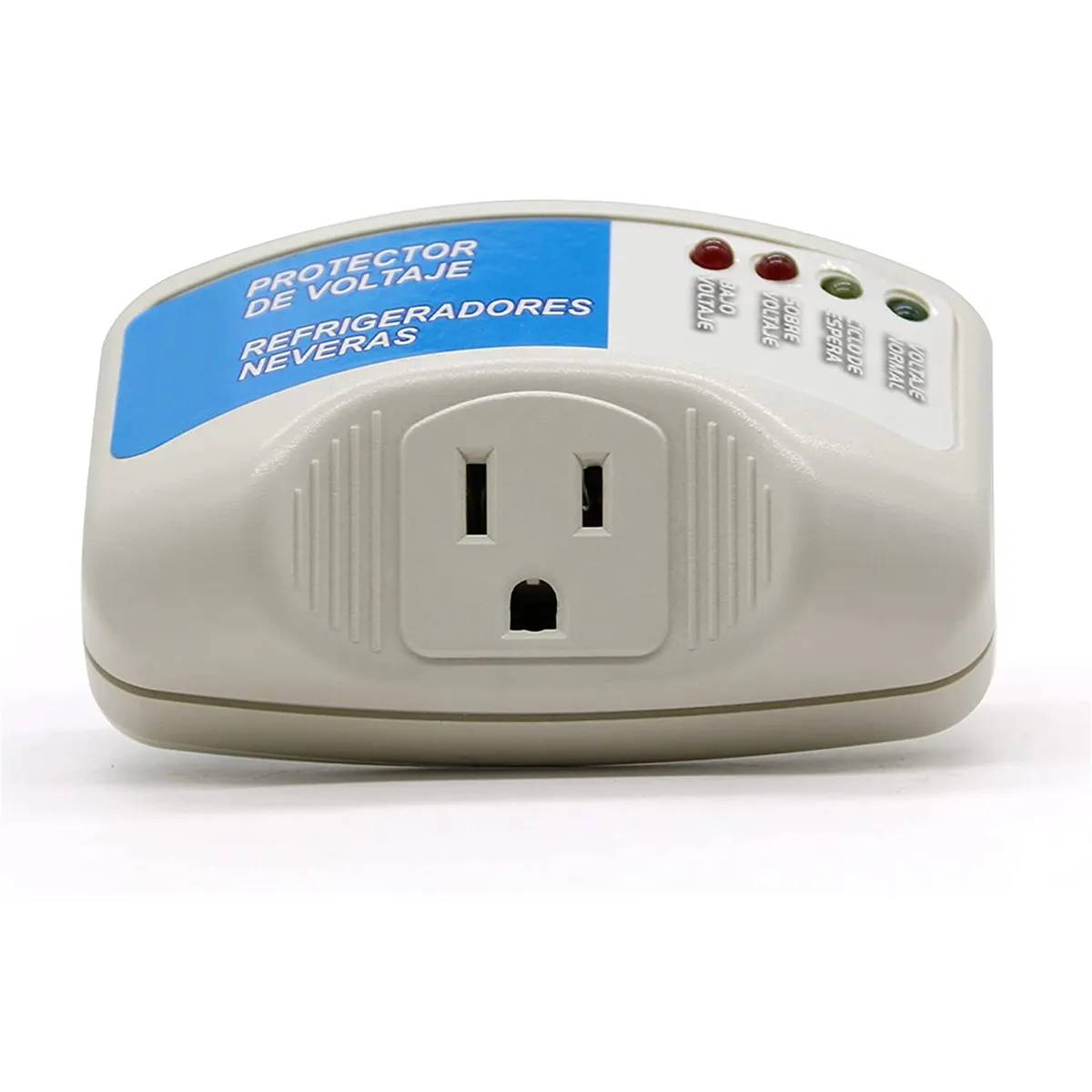
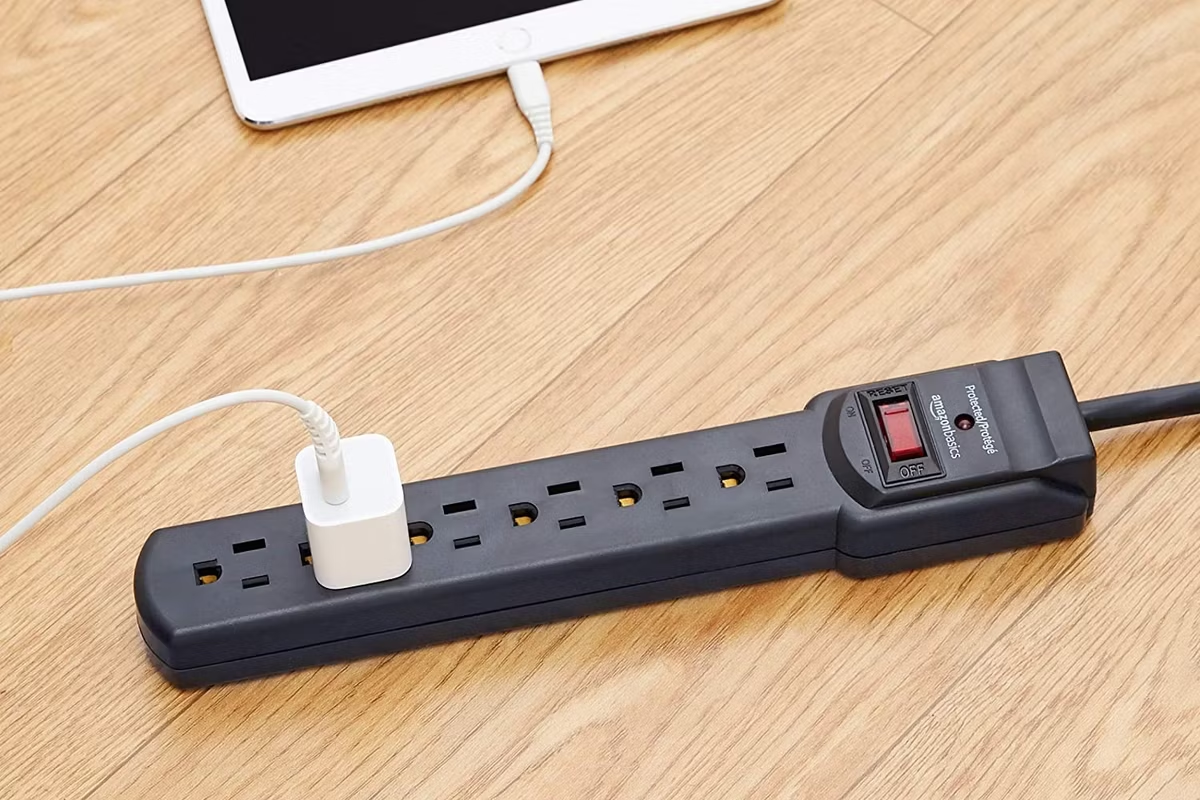

0 thoughts on “What Does A Surge Protector Do”